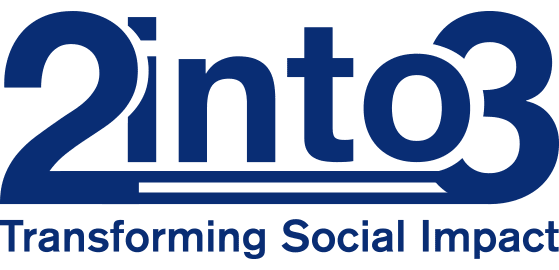Building a Strategic Funding Foundation
For many community organisations, the need for capital investment never really ends. Demand for services grows year after year, and with it, the pressure to secure funding. Yet behind every thriving community service lies a carefully balanced funding strategy. This usually involves three main areas: grants, fundraising, and earned income. The organisations that deal with uncertainty best are those that look beyond the short-term, weaving together these different funding streams with foresight.
Always Be Ready
Grants can be a vital source of funding, but they are often unpredictable. There is rarely a fixed timetable for when new grant rounds will be announced, and deadlines can be tight. Organisations that are ready in advance can respond quickly and increase their chances of success.
Being ‘grant-ready’ means having a basic toolkit prepared and kept up to date. This should include annual accounts, evaluation reports showing impact and previous activities, your constitution, and property title or lease documents. Having these documents organised means that when opportunities arise, you are ready to apply without delay.
Fundraising as a Culture, Not a Campaign
Fundraising shouldn’t be seen as a one-off event. It needs to be part of the organisation’s regular activities. Since most grants don’t cover all project costs, developing reliable fundraising streams is essential.
When fundraising happens consistently and is well planned, it helps build stronger relationships with the community and creates long-term support. It’s important not to rely too heavily on the same donors or businesses every time, as this can lead to fatigue. Instead, organisations should keep supporters engaged by sharing updates and showing the real impact of their contributions. Good fundraising is ultimately about maintaining trust and relationships, not just raising money.
Looking into Earned Income
While grants and fundraising are important, earned income is what often keeps the lights on. This can come from looking into avenues such as charging for services, offering subsidised options, or renting out part of a property to generate a steady income.
A clear financial plan is key here. Developing a cash flow forecast for at least five years shows that your organisation is thinking ahead and working to build economic resilience. It gives funders confidence and provides a clear roadmap for how you plan to sustain your work in the long run.
Too often, funding strategies are treated as something to be dusted off when a grant round is announced or a new project begins. Rather, it should be a living document that is reviewed regularly, updated as needs change, and used to track achievements.
Taking the First Step
If you’d like support in developing or strengthening your organisation’s funding strategy, get in touch with Patricia Keenan at patricia.keenan@2into3.com to explore how we can assist you.


